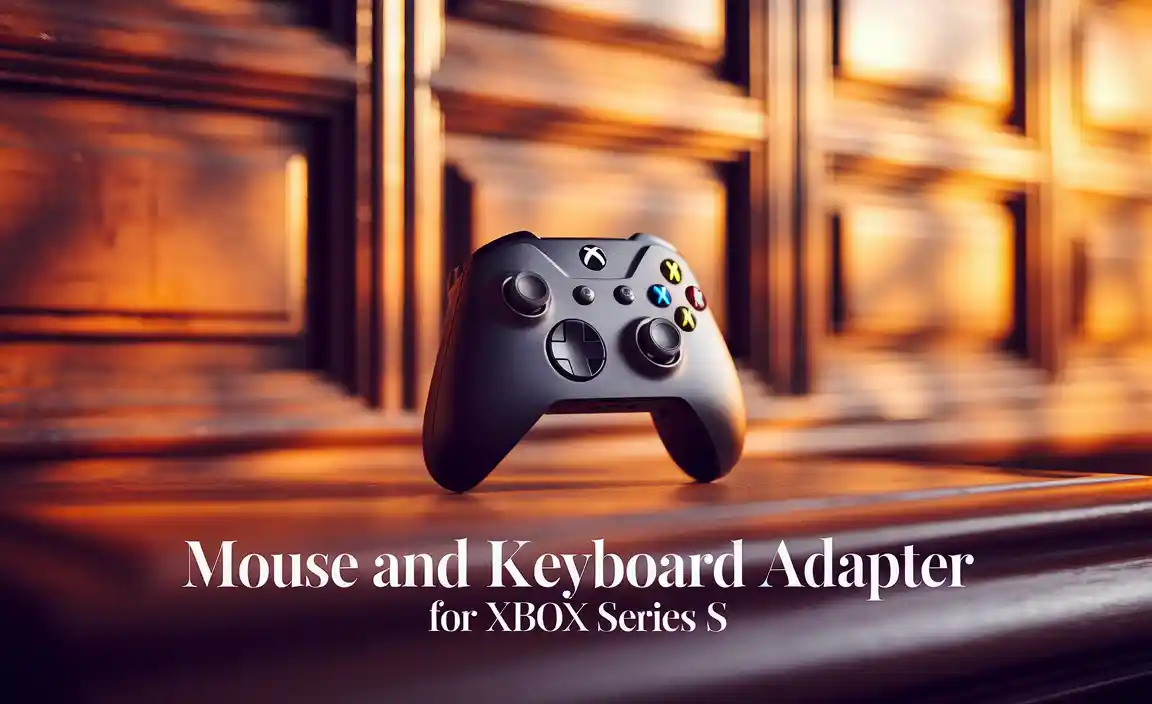Small batteries for remote control are the unsung heroes of our modern lives. Flick a switch, change the channel, adjust the thermostat – countless everyday conveniences rely on these tiny powerhouses. Without them, our remotes would be little more than inert plastic, rendering our smart homes, entertainment systems, and even simple gadgets frustratingly inaccessible. But when it comes to selecting the ideal power source for these essential devices, the choices can seem surprisingly vast. Navigating the world of alkaline, lithium, rechargeable, and even specialized button cells can feel like deciphering an arcane language. This article aims to demystify the process, helping you find the best choice for your small batteries for remote control needs, ensuring your devices remain functional and your life stays effortlessly convenient.
The first step in choosing the right battery is understanding the demands of your specific remote. Is it for a children’s toy that sees heavy, intermittent use? Or perhaps a climate control unit that requires consistent, low-level power over extended periods? The type and frequency of use will significantly influence the battery type that offers the best value and performance. For instance, devices with low power drain, like an infrequently used light dimmer or a basic television remote, will benefit immensely from the cost-effectiveness of alkaline batteries. These are readily available, affordable, and offer a decent lifespan for such applications. They are the workhorses of the battery world, providing reliable power for a multitude of common remote-controlled devices.
Understanding Battery Types for Your Remote
When we talk about small batteries for remote control, a few common types immediately come to mind. The most prevalent are:
Alkaline Batteries: These are the most common and cheapest option, typically found in AAA, AA, and smaller button cell formats. They are excellent for low-drain devices and offer good longevity for their price. However, they are single-use and can lose charge over time, even when not in use (self-discharge).
Lithium Batteries: Often found in coin or button cell formats (like CR2032 or CR2025), these offer a higher energy density than alkaline equivalents. This means they can be smaller and lighter for the same power output, fitting into slimmer or more compact remote designs. They also have a longer shelf life and perform better in extreme temperatures. While more expensive upfront, their longevity can make them a cost-effective choice for certain applications.
Rechargeable Batteries: Primarily available in AA and AAA sizes, rechargeable batteries are an excellent eco-friendly and long-term cost-saving solution for frequently used remotes. Once you’ve invested in a charger and a set of rechargeable cells, you can power your devices for years, significantly reducing waste and ongoing expenses. Options include Nickel-Metal Hydride (NiMH) and Lithium-ion (Li-ion), each with its own charging characteristics and power profiles.
Crucial Considerations When Choosing Small Batteries for Remote Control
Beyond the basic battery chemistry, several other factors play a role in selecting the best choice for small batteries for remote control:
Voltage and Size: This is non-negotiable. Your remote will specify the exact battery type it requires, usually indicated by a marking on the battery compartment or within the device’s manual. Using the wrong voltage can damage the device, while an incorrect size simply won’t fit. Common sizes include AAAA, AAA, AA, and various button cells like CR2032, CR2025, and LR44.
Capacity (mAh): This refers to the battery’s energy storage capability. A higher milliampere-hour (mAh) rating generally means the battery will last longer. For low-drain remotes, this might not be a critical factor, but for high-draw devices or those used extensively, a higher capacity battery will translate to fewer battery changes.
Brand Reputation and Quality: While generic batteries may seem appealing due to their low price, opting for reputable brands often ensures more consistent performance, longer lifespan, and greater reliability. Premium brands invest more in quality control, leading to fewer faulty batteries reaching the market and a more predictable discharge curve.
Shelf Life: If you tend to buy batteries in bulk or have remotes that are used infrequently, shelf life is an important consideration. Lithium batteries generally boast a much longer shelf life than alkaline batteries.
Environmental Impact: For those conscious about sustainability, rechargeable batteries are the clear winner. By avoiding single-use batteries, you significantly reduce landfill waste.
The Verdict: Finding Your Best Small Batteries for Remote Control
Ultimately, the “best” choice for small batteries for remote control is not a one-size-fits-all answer. It’s a personalized decision based on your specific needs and the devices you’re powering.
For most everyday, low-drain remotes (TVs, DVD players, air conditioners), alkaline batteries offer an excellent balance of cost, availability, and performance. They are the go-to for a reason.
If your remote is slim, modern, or experiences very infrequent use where long-term storage is a priority, lithium coin or button cells might be the superior choice due to their longevity and shelf life.
For remotes that are used constantly or in devices with a higher power demand (wireless game controllers, high-end audio equipment remotes), investing in rechargeable batteries will prove to be the most economical and environmentally responsible option in the long run. The initial outlay for a charger and a set of quality rechargeable cells will quickly pay for itself through continuous reuse.
By considering the device’s power requirements, your usage patterns, and the various battery types available, you can confidently select the small batteries for remote control that will keep your technology powered up and your life running smoothly. Don’t underestimate the power of these small but mighty components – choosing the right ones ensures seamless operation and a frustration-free experience.


